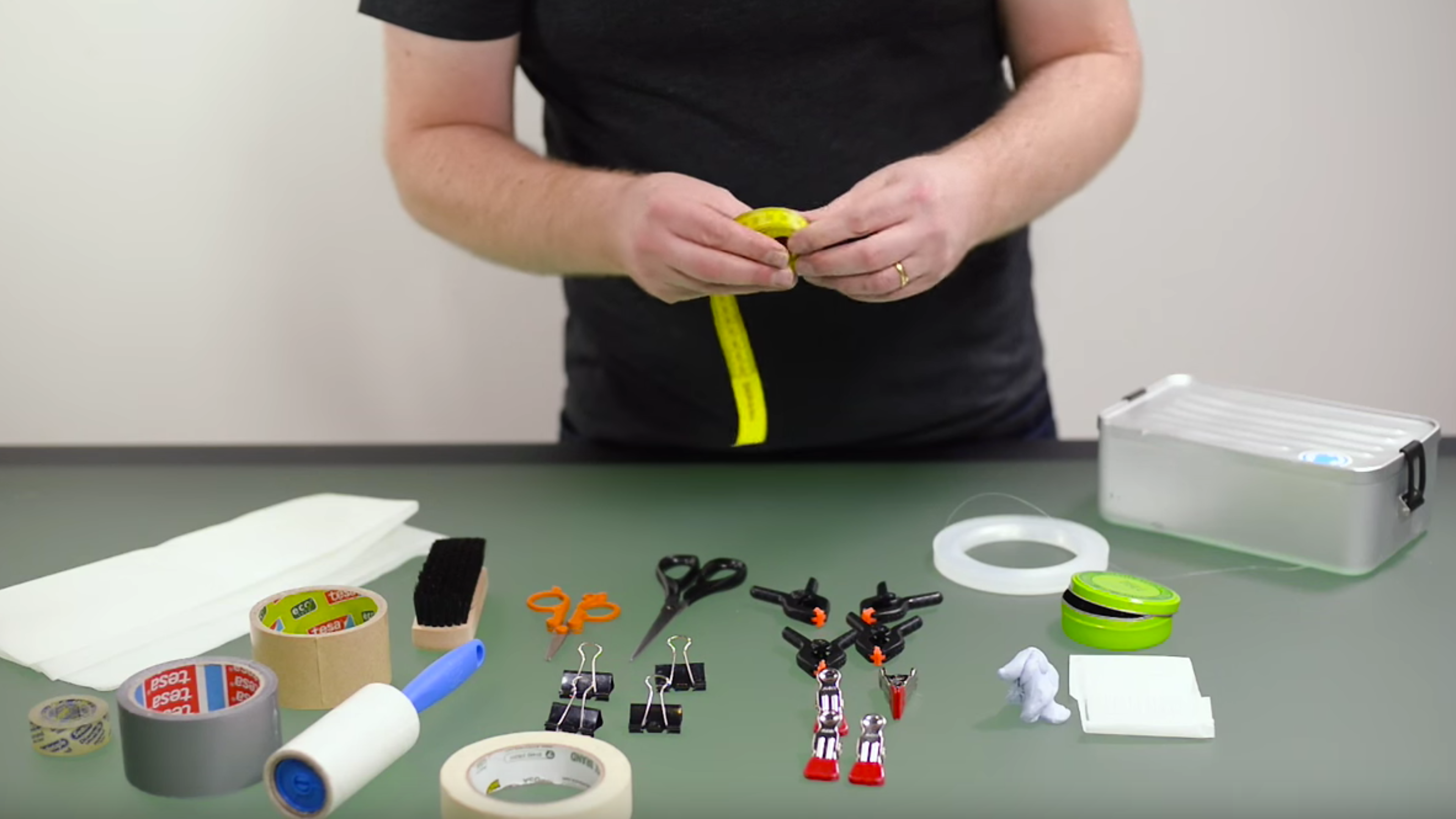Styling toolkit essentials: 10 tools every fashion stylist & product photographer needs

Having the right toolkit is essential to a smooth styling process in any photo studio, whether you are styling flat lay or on a mannequin. In this product photography tutorial, we will give you a rundown of the essential tools every stylist and fashion product photographer needs to style, shoot and make their garments look great.
Styling is one of the most important elements of any fashion brand. It governs how your clothes look on your store and helps ensure they stand out. So a kit full of useful tools is absolutely essential.
First, let’s give a quick rundown of the tools that should be in your toolkit. Then, we’ll describe how to use each one to bring your product shots up to a world class standard.
The equipment every stylist needs:
- Pins - Safety pins, bobby pins, fastening pins & more
- Clips - Snap clips, alligator clips, binder clips & more
- Blu/White tack - Any kind of semi-permanent adhesive
- Scissors - Normal scissors suffice, fashion scissors are recommended
- Fishing line - Also known as fishing string, or invisible string
- Stiff brush - Also known as a suede brush
- Tape - Ranging from gaffer tape, duct tape, cellophane tape, masking tape and double-sided tape
- Lint roller - Fabric or self-adhesive
- Tissue paper - Or craft/crepe paper
- Measuring tape - Loose 'tailor' style
1. Pins
Pins are used mostly to help fit clothes around a mannequin or hanger. Ranging from bobby pins to safety pins, use them around the back and shoulder areas of your garment to ‘pull back’ the fabric and create a more sleek, fitted look.
They are particularly useful for when you need to take photographs of your clothes from several angles. By threading them inside the fabric, you can make them almost invisible in-shot.
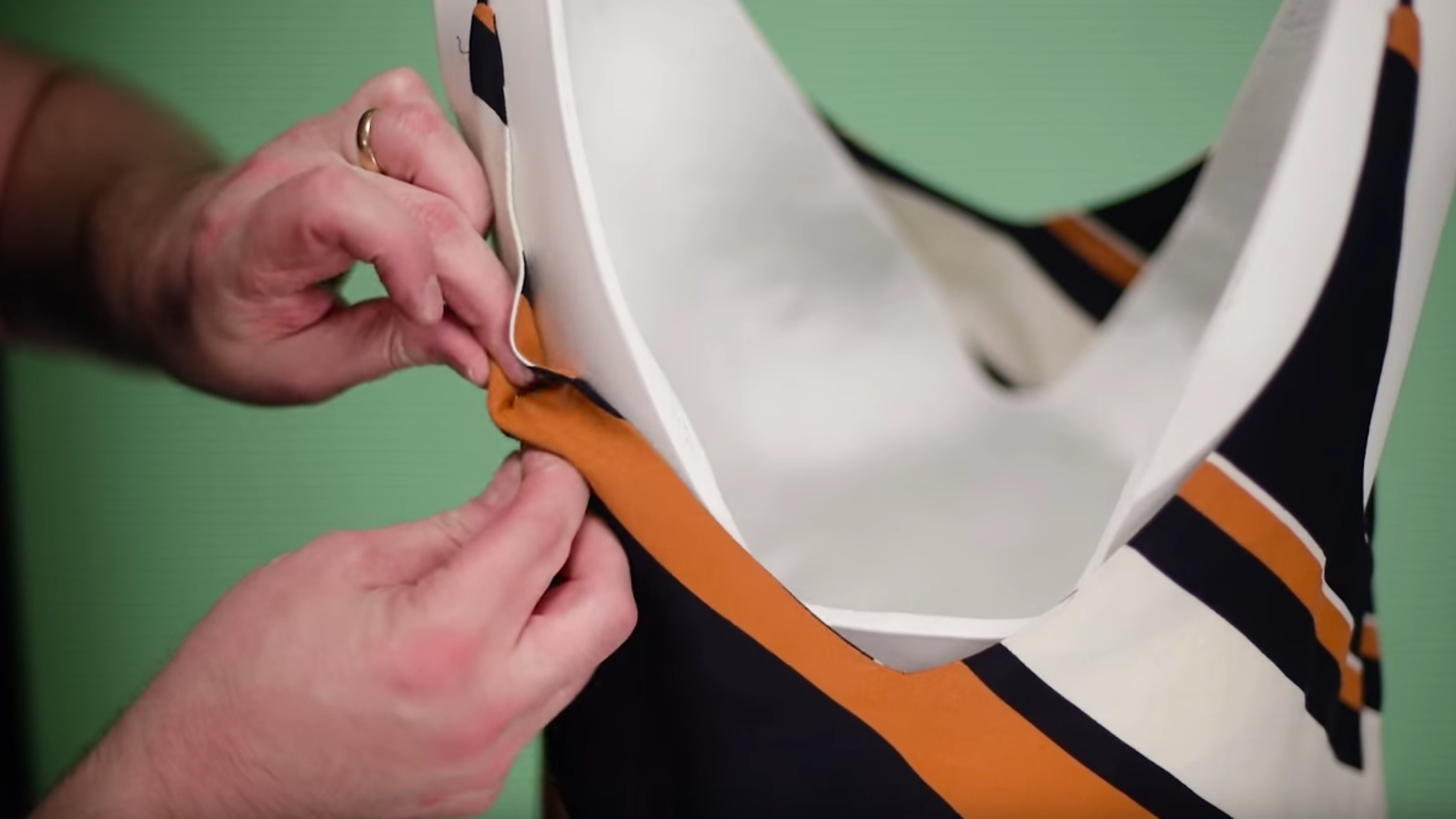
2. Clips
Clips can be crudely considered as a more ‘heavy-duty’ version of pins — they are used for the same reason, but are able to hold different types of fabric more firmly in place.
They are useful for when you have clothes with certain kinds of material where a pin couldn’t do the job. Sheer fabric is a good example of where clips become vital to holding things in place.
Use them in combination with pins to shape and style your garments in accordance with your brand styling guide. Not sure what a style guide is? Take a look here.
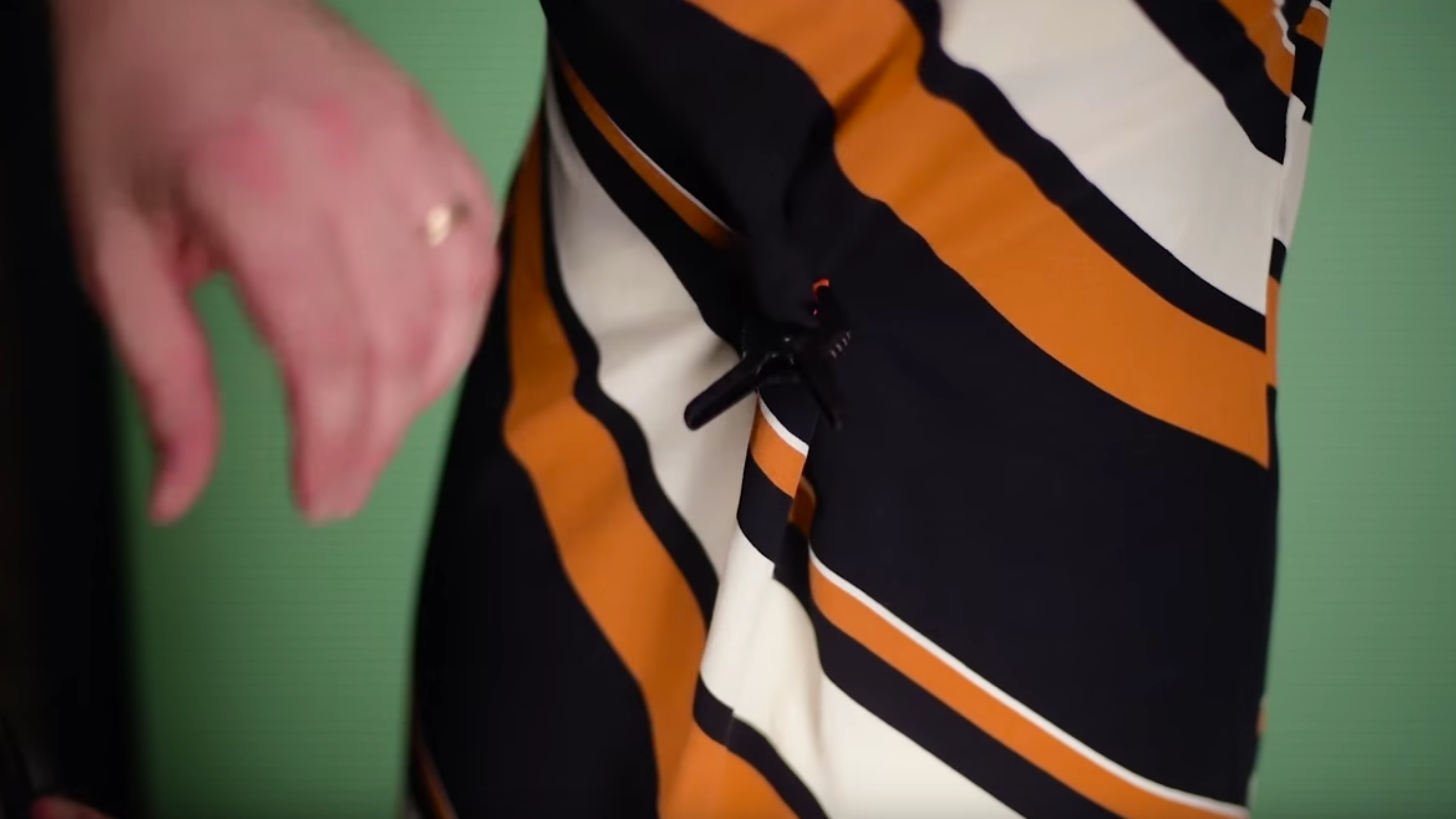
3. White tack
Blu-tack — or white tack due for less residue — can be used for a variety of styling purposes. The most obvious of which is holding thick pieces of material in place where clips and pins can't do the trick.
Use white tack on things like handbag straps for when you want to showcase a certain element, or to make the strap lay nicely in-shot. White tack is particularly useful as, when used effectively, it appears practically invisible in your final image.
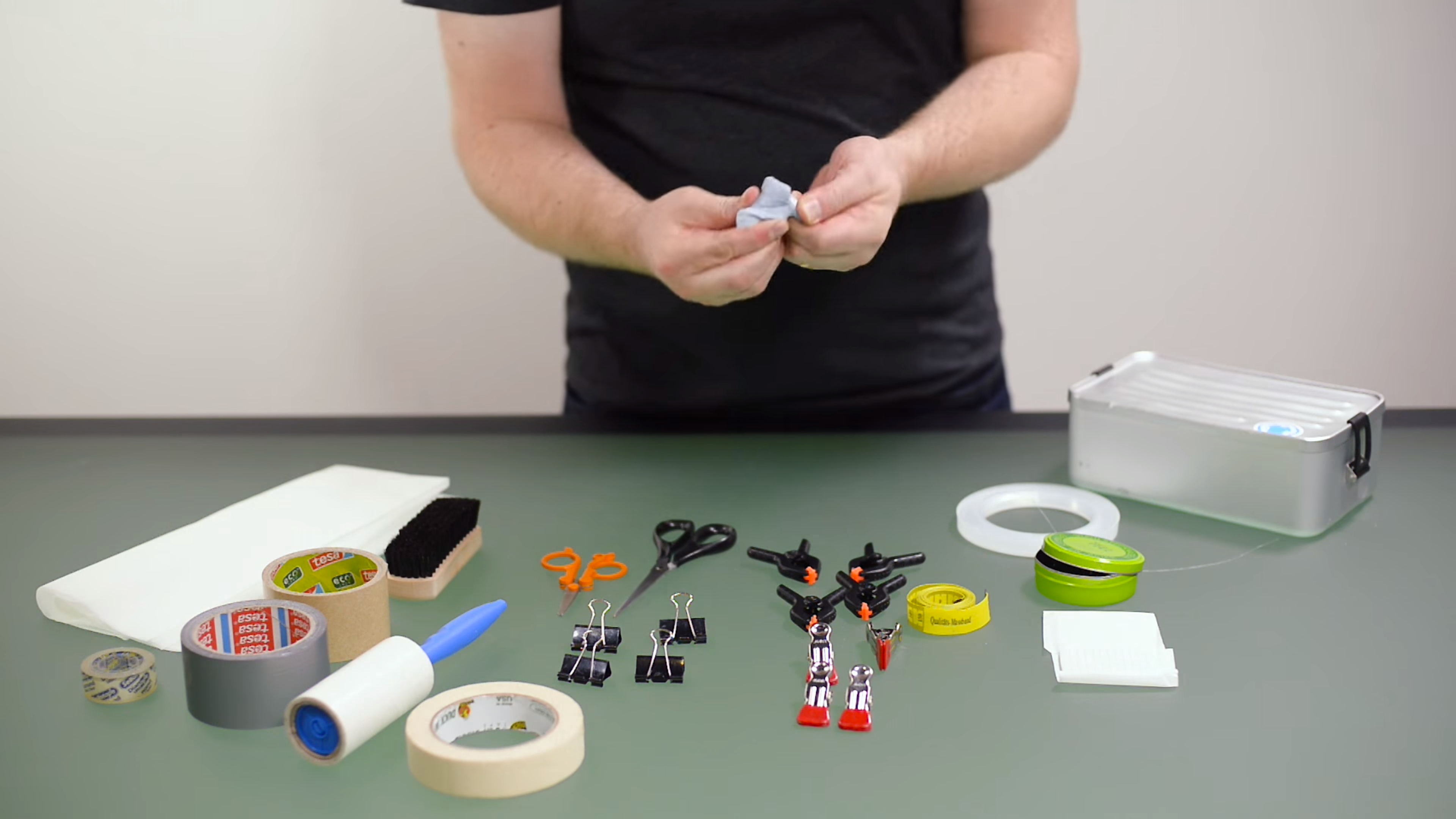
4. Scissors
Scissors — or fashion scissors for their size, sharpness and shape — are extremely useful for cutting things like loose threads and labels. Of course, no loose threads or labels should be showing in your product images so a quick snip to tidy things up is crucial before you begin shooting.
Be careful to not use your fashion scissors with things like paper and tape. They are designed purely for fine, sharp work and just like kitchen knives, they become ineffective when the blade is dulled.

5. Fishing line
Fishing line is perhaps one of the most underrated and essential tools in any stylist’s kit. It can be used for a wide variety of purposes, but mostly helping the stylist to defy gravity without appearing in shot.
Use fishing line to hang your garments to achieve a ‘floating effect’ as most cameras will not be able to pick up the extremely fine, invisible string. You can also use it to hold things like handbag straps up and generally just empower the creative possibilities open to you when shooting your garments.
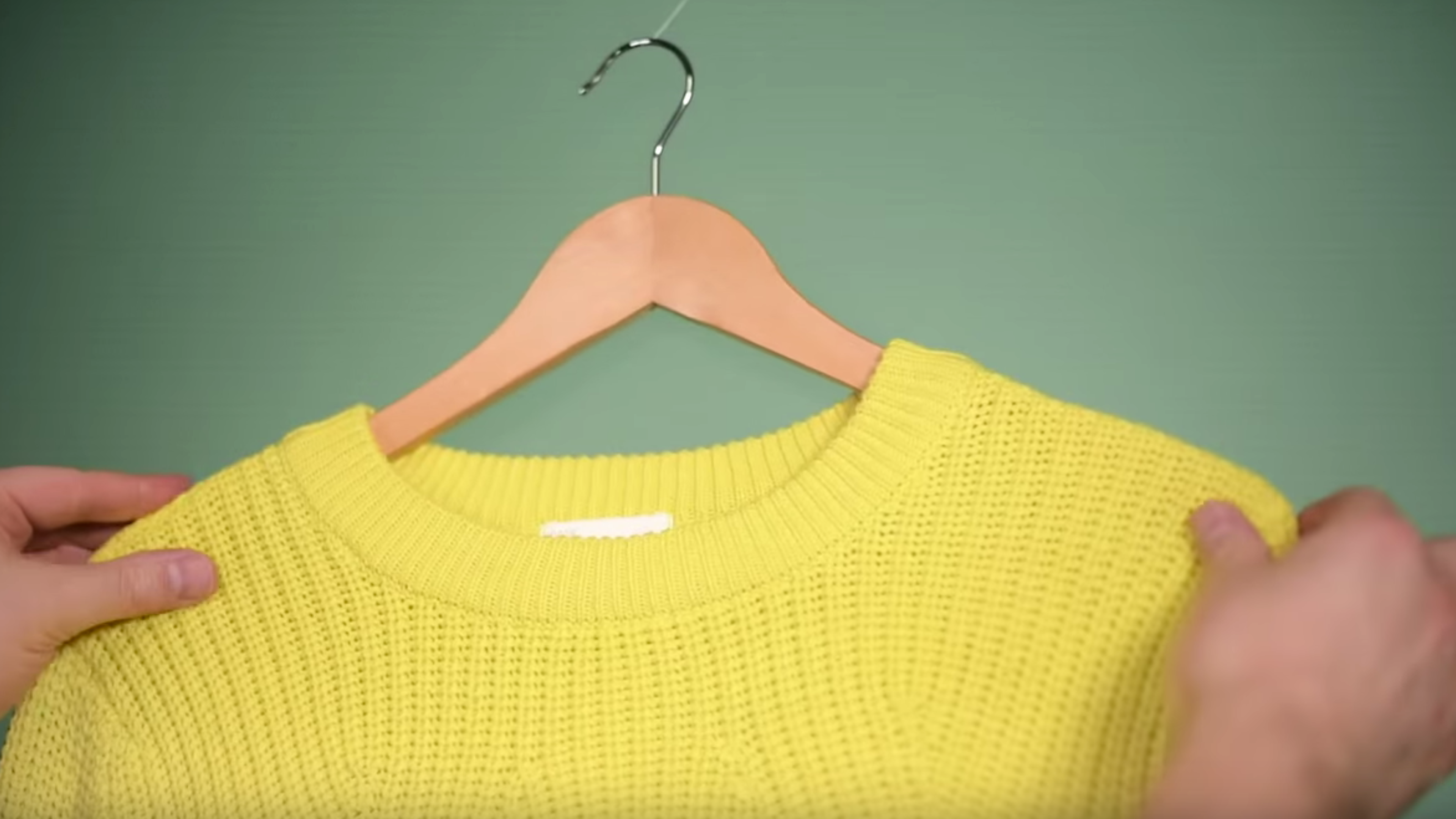
6. Stiff brush
A stiff brush is needed for materials that are prone to blemishes in your final shot. Suede is a perfect example of this, as the knap of the suede must be brushed in one consistent direction to not appear ‘blotchy’.
It can also be used to remove fingerprints and smooth out fabrics that are prone to looking messy — for example fur. Remember to always brush lightly to avoid ruining the material.
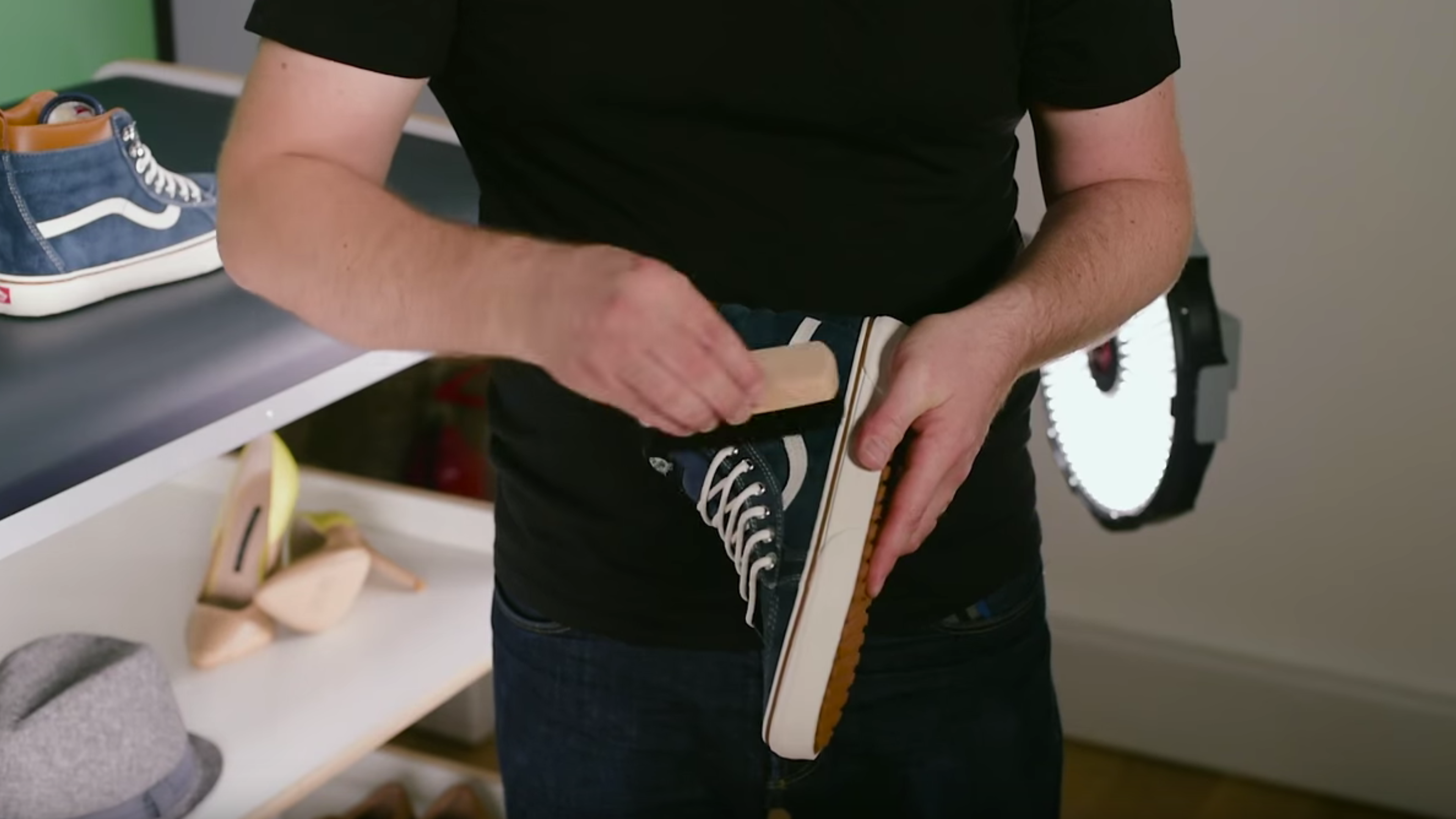
7. Tape
There are lots of different kinds of tape that you should incorporate into your styling toolkit. Masking tape is very useful to hold things in place, and does not leave a residue as much as other kinds.
Double sided tape is extremely useful for helping to stick your clothes to a mannequin, giving your garment a more slim, fitted appeal. Gaffa tape can be used for when your fabric is a little too heavy for masking or double sided tape to handle — but be careful, it can leave a nasty residue!
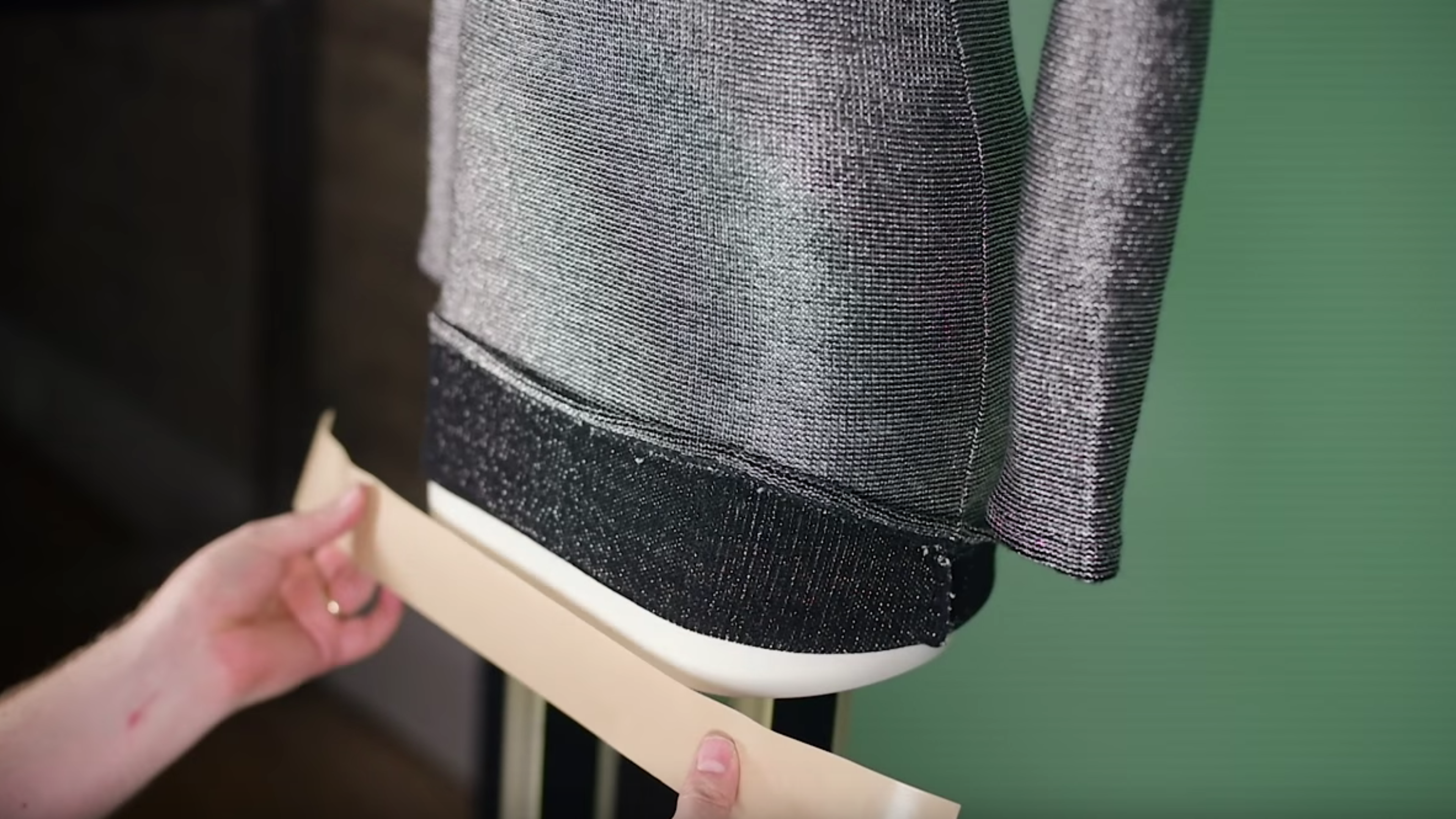
8. Lint roller
Lint rollers are absolutely crucial for removing dust, lint and general speckles of dirt from your garments. Before shooting, always make sure you give your product a run through with a lint roller after steaming.
A lint roller is especially needed for darker fabrics where the exposure must be heightened to bring out the details — but not the dust!
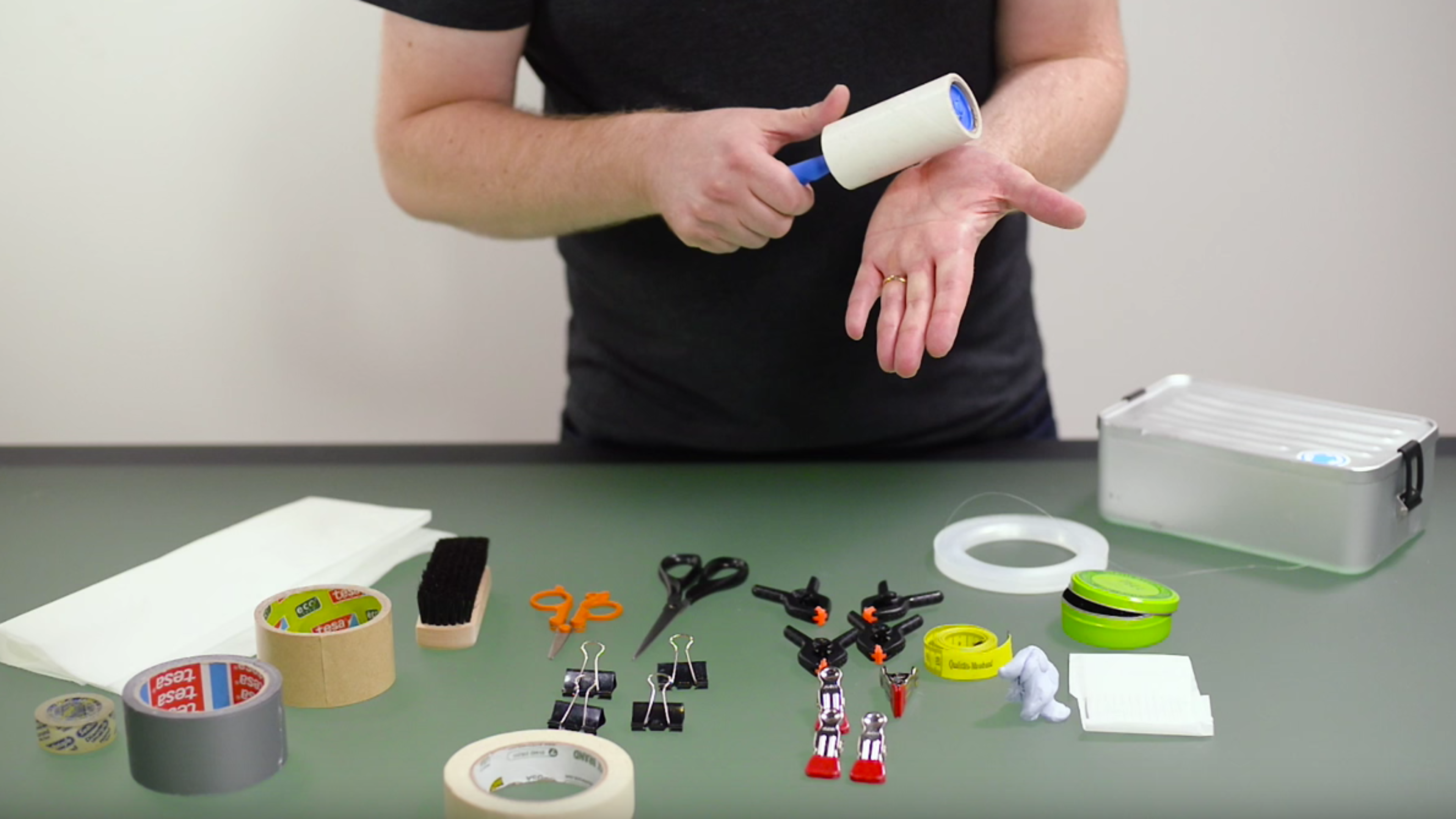
9. Tissue (or crepe) paper
Tissue should be in every stylists toolkit, no questions about it. Why? Because it allows a stylist the freedom to pad out, and emphasise certain areas of any type of clothing.
Particularly useful for flat lay — or tabletop — photography, use tissue paper to create interesting curves and angles in your clothing and help them stand out. Stuff a shirt sleeve with paper or pack some tissue into a pair jeans to give extra volume.
Tissue can also be used to achieve a more fitted look in combination with pins, clips and all your other bits and pieces.
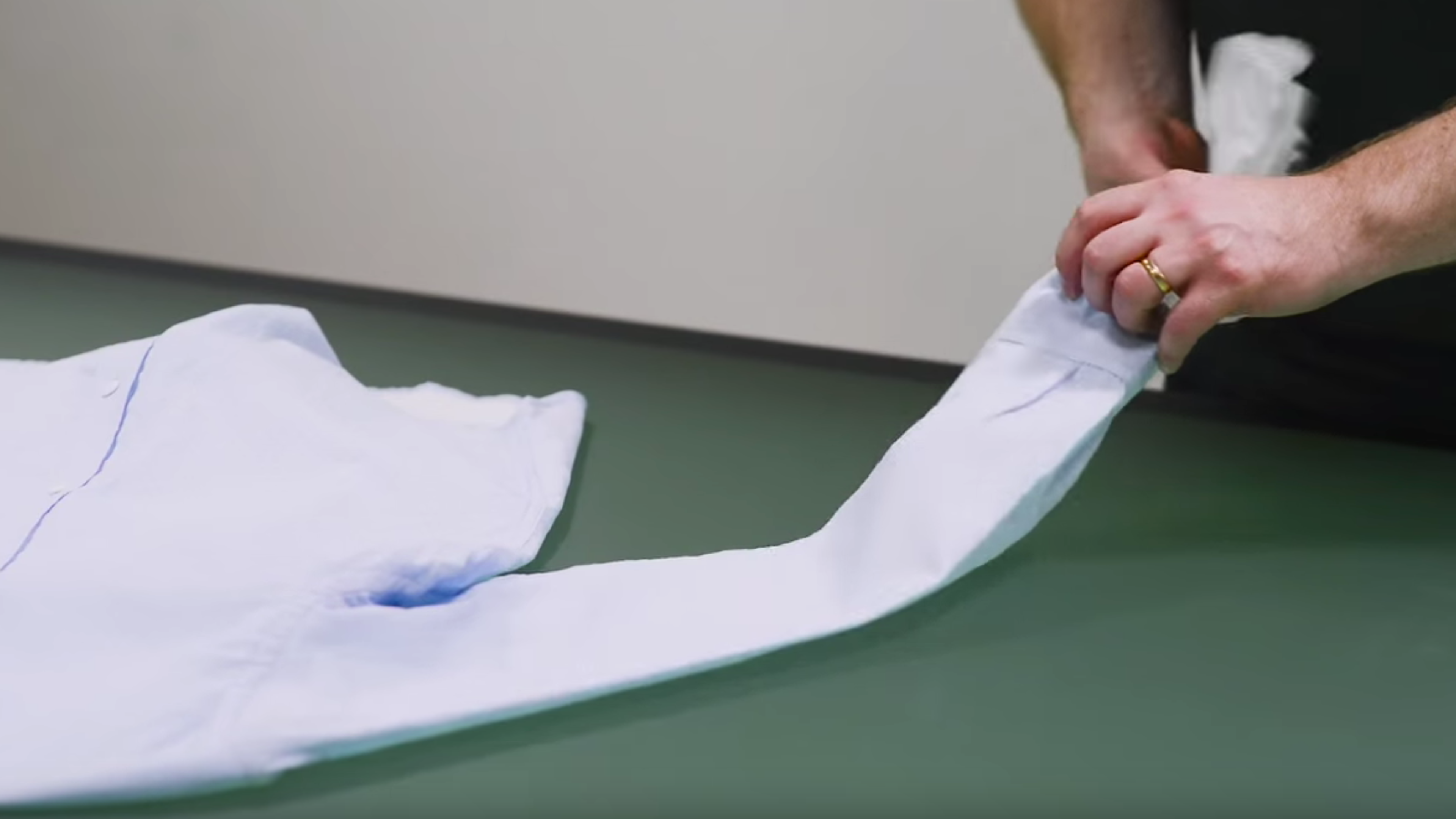
10. Measuring tape
Whilst not crucial to the look or feel of your garments, a measuring tape should be in any fashion or product photographers toolkit to be able take measurements with ease.
Particularly useful for speeding up workflow, use a tape measure to measure things like chest size, arm length, collar size and all other information that’s vital to your customers in search of their perfect apparel.
